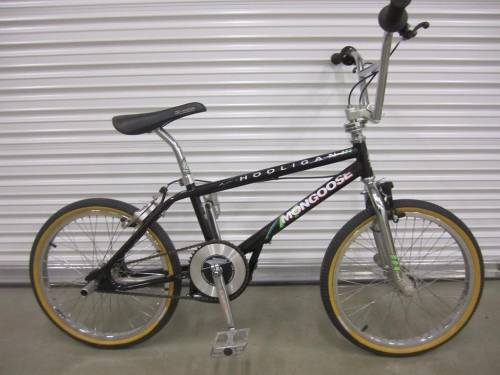Project 12: Part A: Hanging a sign
Your team has been hired to oversee the hanging of a new marquee outside the historic Alamo Drafthouse cinema in Austin, TX. The design calls for the marquee (mass, $200\,{\rm kg}$) to hang from the middle of a steel pole (length, $2.5\,{\rm m}$; mass, $1000\,{\rm kg}$). The pole has one end bolted to the outside of the building and is positioned horizontally. There is a hook from which your team may connect a steel cable (diameter, $1\,{\rm cm}$) to the pole for additional support; hanging the marquee to the pole alone will damage the exterior of the historic building. A hook exists at a height $1\,{\rm m}$ from where the pole would connect to the building. Your team needs to determine if the steel cable you were shipped (stress-strain data shown below) can be used to support this marquee (and where precisely you can hook the cable to the pole). The Greater Austin Historical Society will only allow you to use the existing mount on the exterior of the building. You should also check that the reaction force perpendicular to the wall due to the steel pole doesn't exceed $30,000\,{\rm N}$ because if it does it will punch through the exterior of the building.
Project 12: Learning issues
- Static situations
- Relation between torque and force
- Reaction forces
- Using graphs to explain/understand phenomena
Project 12: Part B: BMX
You have been hired by a new BMX firm to determine just how strong their riders need to be. You have been given the following average dimensions for the various parts of the bikes that are ridden. The pedal arm is $0.2\,{\rm m}$, the pedal gear has a radius of $0.1\,{\rm m}$, the back tire has a radius of $0.35\,{\rm m}$, and the back tire gear has a radius of $0.07\,{\rm m}$. The firm has also let you know that the stickiest tire they use has a static coefficient of friction $0.75$. They know that most bikes average a mass of $10\,{\rm kg}$.
They would like you to determine the maximum amount of force that the rider can generate on the pedal without the back tire slipping.
Project 12: Learning issues
- Static situations
- Relation between torque and force
- Reaction forces
- Using graphs to explain/understand phenomena
